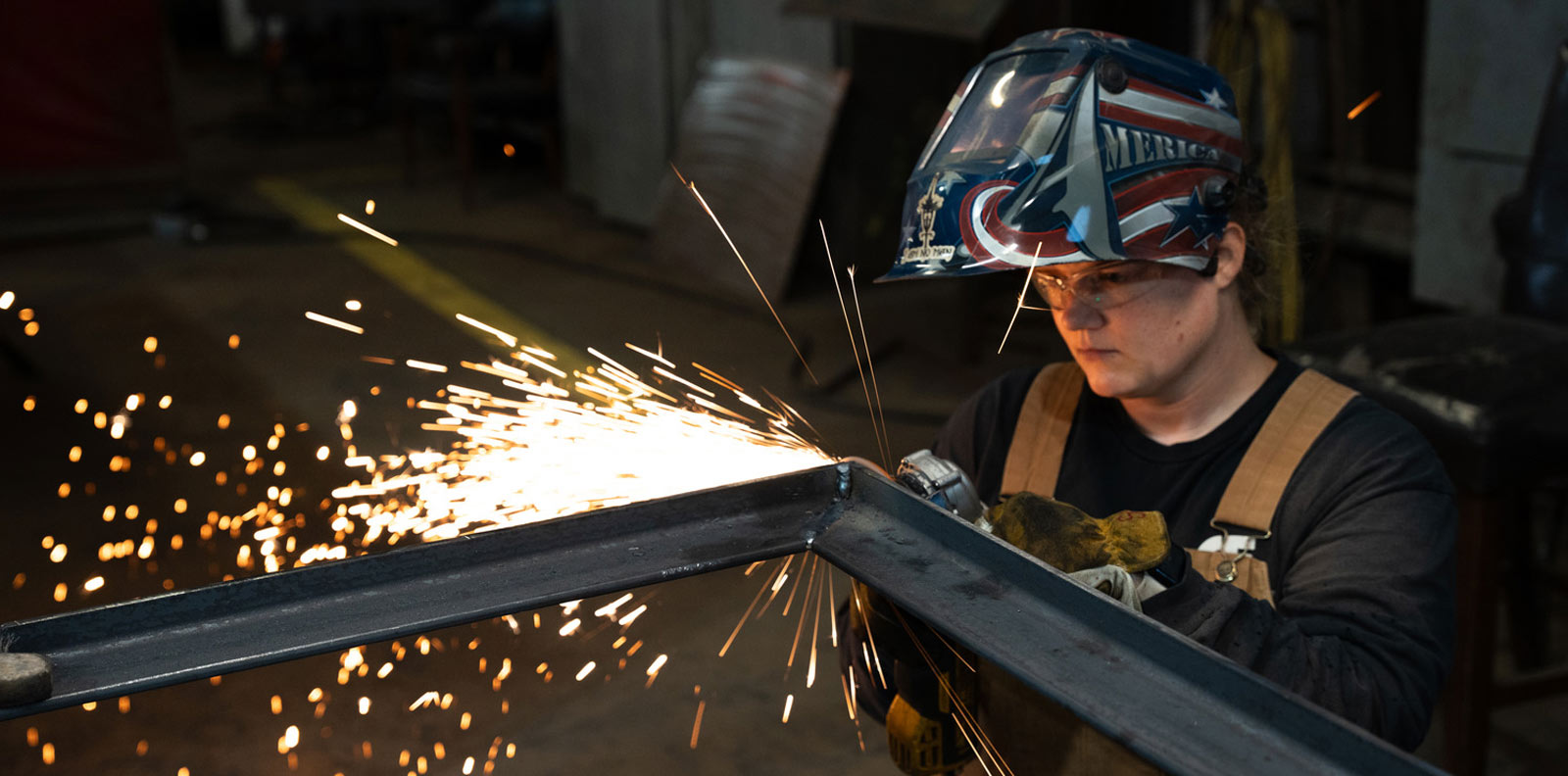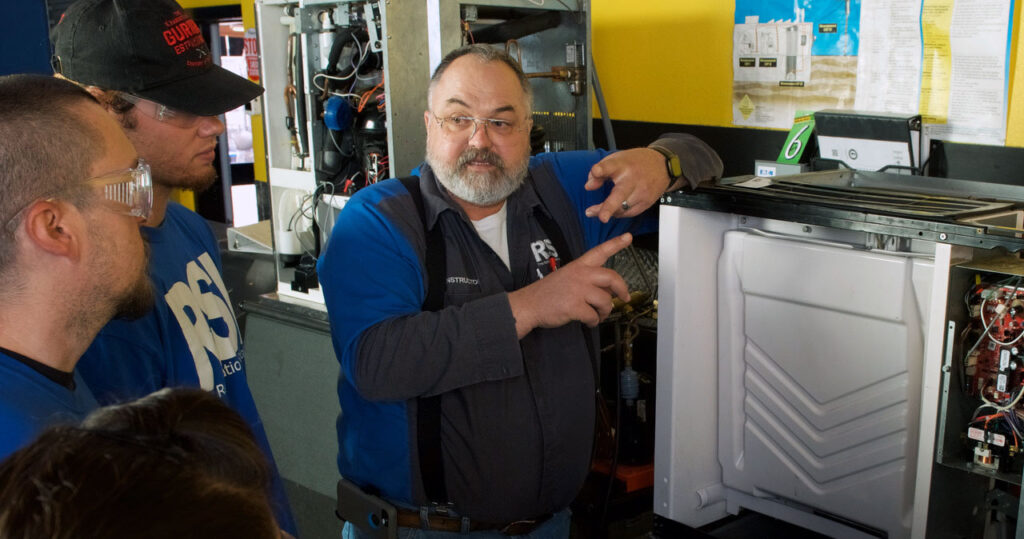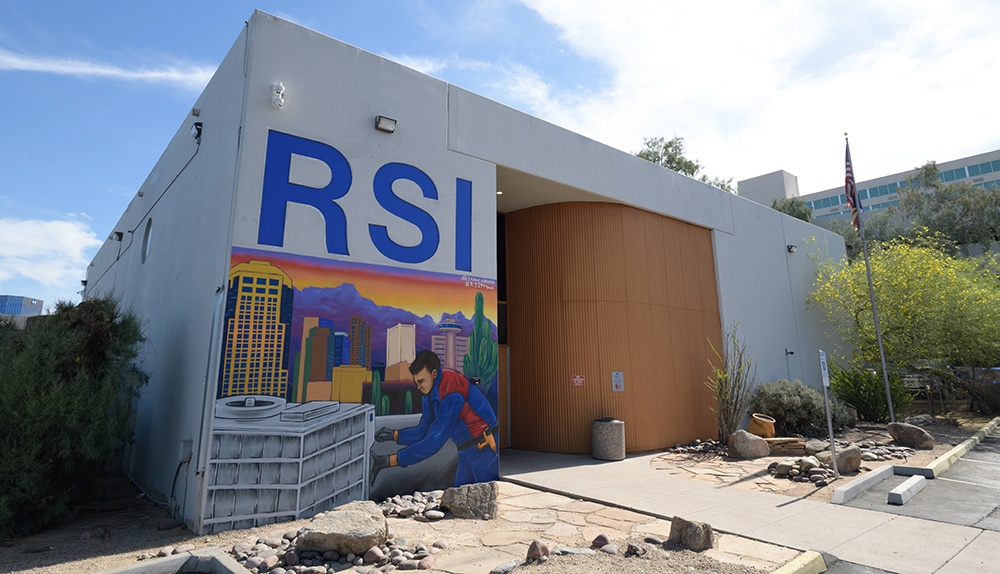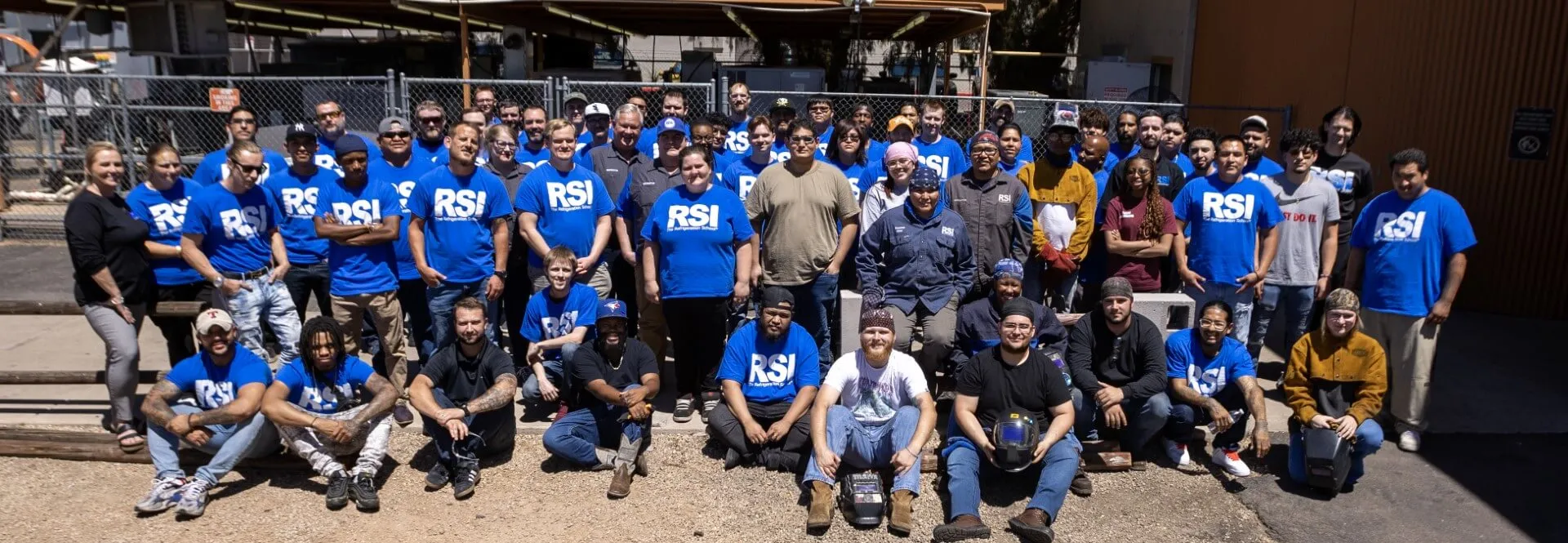RSI is a Great Training Option for Everyone
Learn more about how we can prepare you to advance your career.
Our earth’s atmosphere is primarily made up of four different gases: nitrogen, oxygen, argon, and carbon dioxide (CO2). Given how much carbon dioxide is added to the atmosphere when burning fossil fuels, it’s fair to see why scientists point to CO2 as a major cause of global warming. 1 CO2 can also be toxic to humans in high concentrations. 2
The more CO2 within any indoor space, the more health complications the residents could face. Many HVAC technicians are trained to minimize or even eliminate the hazards of CO2, as well as other pollutants, to make indoor air healthy for occupants. 3
What Is Indoor Air Quality & Why Does It Matter?
As the name suggests, indoor air quality is nothing more than the cleanliness and breathability of air in an enclosed space, ranging from your home to a factory producing industrial chemicals. Usually, four factors contribute to indoor air quality: temperature, humidity, velocity, and air pollution. For a trained HVAC technician, a typical project requiring improved indoor air quality would address the means of targeting and removing air pollution from an enclosed space. 4
Threats to IAQ: Carbon Dioxide
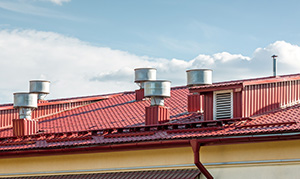
In general, the pollutants that threaten indoor air quality can be divided into chemical and biological hazards. Biological hazards range from pests to bacteria to viruses to mold. Chemical hazards include asbestos, lead, radon, carbon monoxide (CO), nitrogen dioxide (NO2), and carbon dioxide (CO2). Many of these pollutants can cause serious health problems. 5
Get Started on the Path to a New Career
Fill out our form to learn how we can help you change your life.
While normal levels of CO2 can be harmless, high concentrations of CO2 in confined spaces can seriously harm a person’s respiration. Since we can measure the quantity of CO2 in the earth’s atmosphere, a building that has a higher CO2 concentration than the outside air threatens the indoor air quality. 6
Since CO2 can displace oxygen indoors, it can affect more than just the lungs. At a 1,000-parts-per-million threshold of CO2, mental concentration decreases and causes office workers to feel lethargic. Higher levels can result in dizziness, disorientation, suffocation, and even death. 7
Detecting CO2 and Restoring IAQ
Given the hazards of CO2 within any enclosed space, detecting and monitoring the levels of the gas are the first steps toward improving indoor air quality. CO2 detectors, as the name suggests, will take a measure of the CO2 level in an enclosed space and register the concentrations of this gas.
Once an HVAC tech has the numbers in hand, he or she can close down the pathways that vent CO2 into a building. Usually, this requires improving the ventilation system of a building. HVAC techs are often trained to find the CO2 pathways, shut down leaks or cracks, and vent the CO2 within the building so that the gas does not pose health risks. 8
How HVAC Technicians Can Help
The importance of indoor air quality cannot be overstated. Not only could the people inside a building struggle to focus and work efficiently due to high levels of CO2 but also they could suffer serious or even fatal health consequences.
An outdated or inefficient ventilation system can also cost a lot of money in wasted energy, not to mention system failures or even fires. Those with proper HVAC training can often detect the flaws in an internal air circulation system and even upgrade the entire ventilation system to improve indoor air quality and eliminate CO2.
Additional Sources
1 – http://teachertech.rice.edu/Participants/louviere/comp.html
2 – http://www.blm.gov/style/medialib/blm/wy/information/NEPA/cfodocs/howell.Par.2800.File.dat/25apxC.pdf
3 – Title: Fundamentals of HVAC; Authors: Carter Stanfield and David Skaves; Air-Conditioning, Heating, and Refrigeration Institute; Second Edition; Textbook page 1080
4 – Title: Fundamentals of HVAC; Authors: Carter Stanfield and David Skaves; Air-Conditioning, Heating, and Refrigeration Institute; Second Edition; Textbook page 1080
5 – Title: Fundamentals of HVAC; Authors: Carter Stanfield and David Skaves; Air-Conditioning, Heating, and Refrigeration Institute; Second Edition; Textbook pages 1080-1084
6 – Title: Fundamentals of HVAC; Authors: Carter Stanfield and David Skaves; Air-Conditioning, Heating, and Refrigeration Institute; Second Edition; Textbook page 1082
7 – http://www.blm.gov/style/medialib/blm/wy/information/NEPA/cfodocs/howell.Par.2800.File.dat/25apxC.pdf
8 – Title: Fundamentals of HVAC; Authors: Carter Stanfield and David Skaves; Air-Conditioning, Heating, and Refrigeration Institute; Second Edition; Textbook pages 1087-1088
This blog has been labeled as archived as it may no longer contain the most up-to-date data. For a list of all current blog posts, please visit our blog homepage at https://www.rsi.edu/blog/

